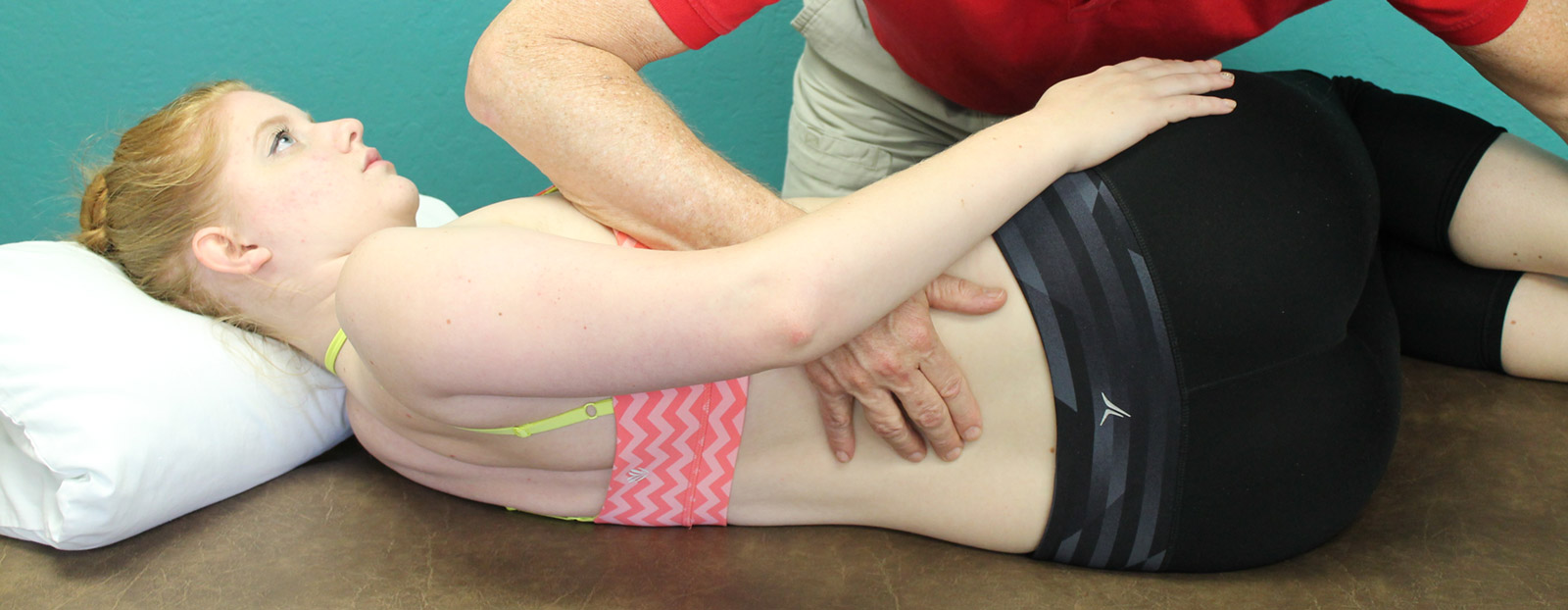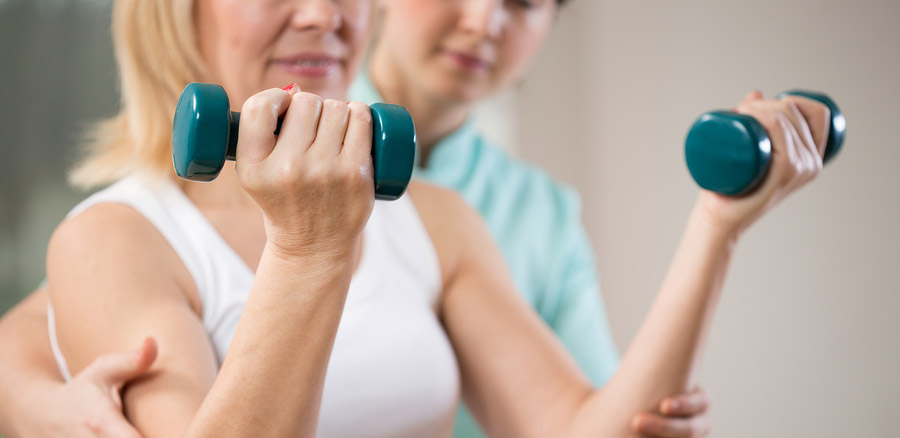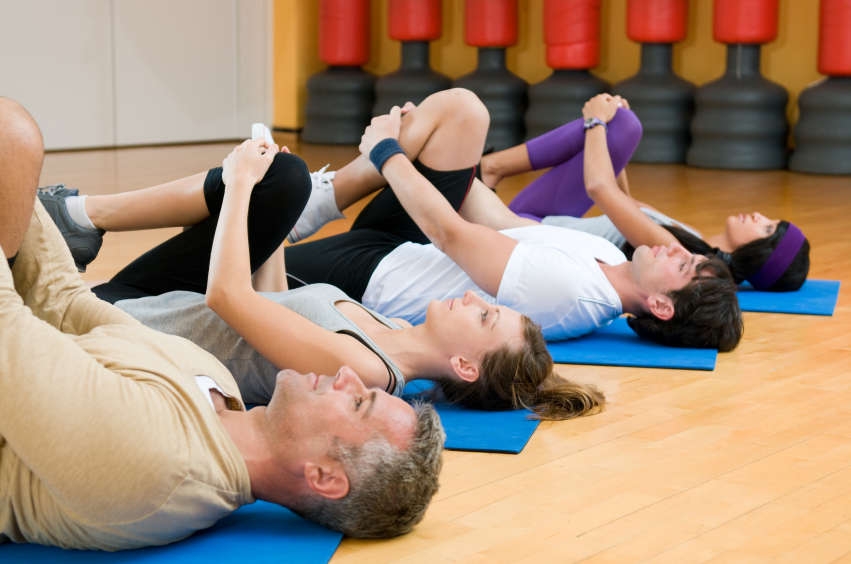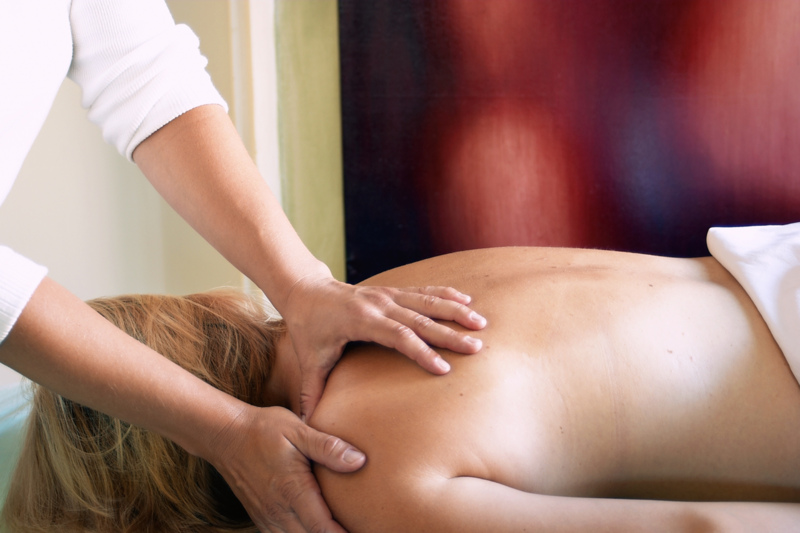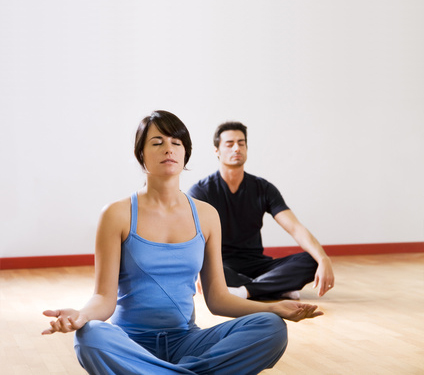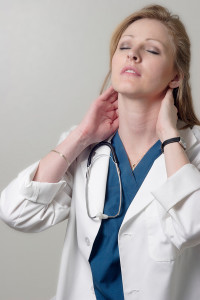How Posture Contributes to Jaw (TMJ) Pain and Headaches
by , November 20, 2011
Our mothers, of course, are right! We need to sit and stand up straight. But why is this so important?
When we slouch, the spine curves forwards, the shoulders come towards the chest and the head pokes out in front of us. There is no place for the head to balance on top of the spine which is what it is supposed to do. When the head projects forwards the muscles of the neck have to work extra hard to support its weight. An average head weighs around 9 pounds.
Try adopting a slouched position and notice how the head moves forwards while the muscles of the neck become tense and uncomfortable. Especially affected are the two muscles, one on each side of the throat, called the Sterno-cleido –mastoid. The inferior (bottom) end of the muscles attach onto the sternum and clavicle (cleido) and the top end attaches on to the bone behind the ear, the mastoid process, which is part of the temporal bone. It is useful to note that muscles are named very often according to the places to which they attach.
When the Sterno-cleido-mastoid muscles are tight they tug on the temporal bone, and interfere with the position of the mandibular portion of the jaw joint as it rests in a delicate balance on the disc of its joint. Stress is put on the disc and the jaw does not slide as well over its disc.
Note also the back of the neck in the slouched position. There is compression at the base of the skull with the forwards head posture and this can lead to or compound headaches.
Now, get out of the slouched posture and you will feel much better! Make sure your feet are flat on the floor. Now roll the pelvis under you or bring your belly button forwards. This will straighten the lower part of your spine and the rest of the spine will follow, lastly the head will come back to rest naturally on top of the vertebrae stacked under it.
The mandible (lower jaw) will rest in a position which gives space to the disc so that the bone can slide easily over it. Space will also open up at the base of the skull to relieve compressed structures. And, you will be able to breathe more deeply! Can you feel what happens to your rib cage as you straighten up?
Feeling and being aware of these changes between tension and relaxation, compression and space in your body structures goes a long way to altering old habits.

